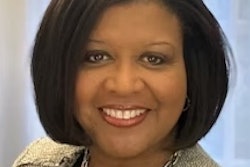Over the past year, Diverse: Issues In Higher Education has profiled higher ed institutions that rated well on the four Diverse Organizational Impact and Transformation (DOIT) pillars (I: Institutional Leadership and Commitment, II: Institutional Curricular & Co-Curricular Accountability, III: Institutional Climate and IV: Institutional Representation/Composition) following Coop Di Leu’s analysis. In this article, we feature five institutions that achieved at least a “B” grade on one of the DOIT pillars.
Central Washington University
The most outstanding pillar for Central Washington University (CWU) was Pillar IV, Institutional Representation/Composition. When Dr. Delores Cleary became the full-time vice president for inclusivity and diversity in 2018, she thought it was critical to begin embedding diversity, equity and inclusion (DEI) into CWU’s structure.
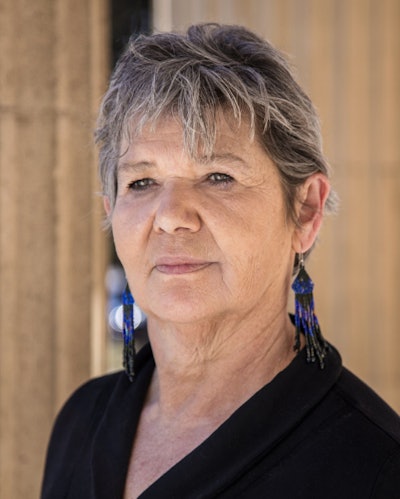 Dr. Delores Cleary
Dr. Delores Cleary
The Employees of Color Equity Council (ECEC) was formed in 2019 to widen the knowledge about the experiences of CWU employees. The ECEC is focused on fostering a positive campus climate for employees of color to retain their employment and support their development and career advancement.
“We have worked intentionally to recognize the challenges faced by underrepresented professionals,” says Cleary. There has been a hiring freeze during the pandemic, but initiatives remain in place, including a welcome at the beginning of each academic year to provide networking opportunities for faculty and staff of color.
There is the ECEC mentoring program committee and a research committee to explore former employee experiences.
“The purpose is to gain an understanding of the shared experiences for intentional programming and policies to positively impact the experiences of current and new employees of color,” says Cleary.
Frontier Nursing University
Frontier Nursing University, a graduate institution at which registered nurses pursue advanced degrees in nursing, received an A grade for Pillar III, Institutional Climate. Since beginning her position as chief diversity and inclusion officer in January 2020, Dr. Geraldine Q. Young has focused on forging the most inclusive climate possible for students, faculty and staff.
 Dr. Geraldine Q. Young
Dr. Geraldine Q. Young
“The mentor has shown the mentee how to do a poster presentation (a means of communicating research),” says Young. “They have a poster presentation scheduled together, something the mentee probably would have never gotten to do on her own.”
Frontier received a 2017–21 HRSA (Health Resources and Services Administration) nursing workforce diversity grant and recently obtained a new grant for 2021–25.
“We’re going to continue some of the activities that we’ve done but also create new and innovative DEI and anti-racism initiatives,” says Young.
Special interest/affinity groups are being developed. There are anti-racism support policies and a council associated with those policies. In June, Young made two presentations at the American Association of Colleges of Nursing Advancing Nursing Workforce Diversity conference. Information is also disseminated on social media and through the university’s website.
Grand Valley State University
The most outstanding categories for Grand Valley State University were Pillar I, Institutional Leadership and Commitment, and Pillar III, Institutional Climate. The commitment to DEI and anti-racism comes from the top. The university’s president, Dr. Philomena V. Mantella, issued a 15-point plan and created a network of racial equity advisors that includes faculty, staff, students and alumni.
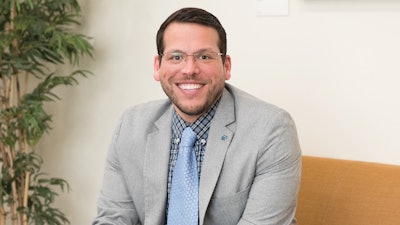 Dr. Jesse M. Bernal
Dr. Jesse M. Bernal
Grand Valley is the founding Midwest partner, organizer and convener of REP4 (Rapid Education Prototyping for Change, Learners, Community and Equity), a national alliance of colleges and universities. The REP4 Alliance is a network of regional and national education leaders and industry and technology leaders working together to guide learners along their transformative journeys. They provide expertise, test prototypes, implement ideas and shape the future of REP4.
Texas Woman’s University
Texas Woman’s University (TWU) received B grades in Pillar I, Institutional Leadership and Commitment, and Pillar II, Institutional Curricular & Co-Curricular Accountability. The performance on Pillar II is particularly noteworthy, as that was the lowest scoring pillar for many institutions.
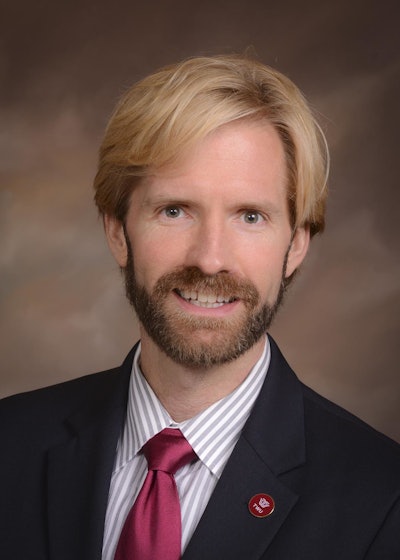 Christopher Johnson
Christopher Johnson
“We administered our organizational readiness questionnaire,” says Dr. Jason R. Lambert, associate professor of management and organizational behavior and inaugural chair of the council. “We secured grant money for training. We’re looking at vendors for search committee training and also some leadership training that we want to administer this academic year.”
Deans’ groups and the provost’s group on anti-racism work hard to ensure the curriculum also reflects this commitment to DEI. There have been grants for curriculum development. TWU also received a grant from the National Endowment for the Humanities that has funded faculty across several of the university’s colleges for an interdisciplinary and experiential learning initiative to incorporate into courses the history of Quakertown, a Black neighborhood founded by former slaves just south of the TWU campus.
“An academically diverse group of faculty are trying to bring these stories into their curriculum,” Johnson says. “They started the professional development this summer.”
University of Oklahoma
The strongest pillar for the University of Oklahoma (OU) was Pillar III, Institutional Climate. This fall, the university launched the Gateway to Belonging course, which is designed to provide students a multitude of perspectives. The course was developed using interdisciplinary, scientific studies on basic human needs.
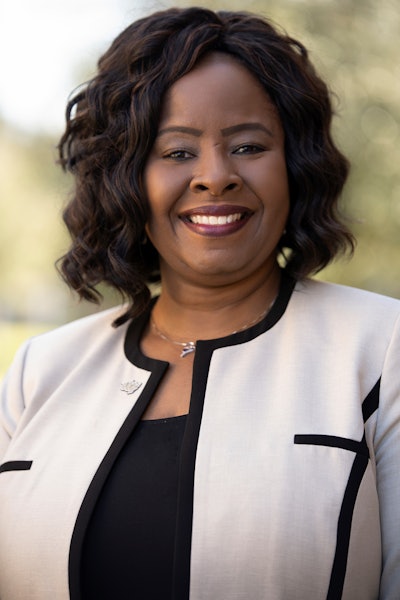 Dr. Belinda Higgs Hyppolite
Dr. Belinda Higgs Hyppolite
The data from a recent institutional climate survey is currently being analyzed, says Dr. Gregg Garn, senior associate provost, and Dr. Belinda Higgs Hyppolite, vice president of DEI and chief diversity officer.
“We are working intentionally to attend to the campus climate inside and outside of the classroom,” says Garn. “We are leaning into Pillar IV as we work to increase a sense of belonging and emotional support for all staff, faculty and students.”
This article originally appeared in the September 16, 2021 edition of Diverse. Read it here.



